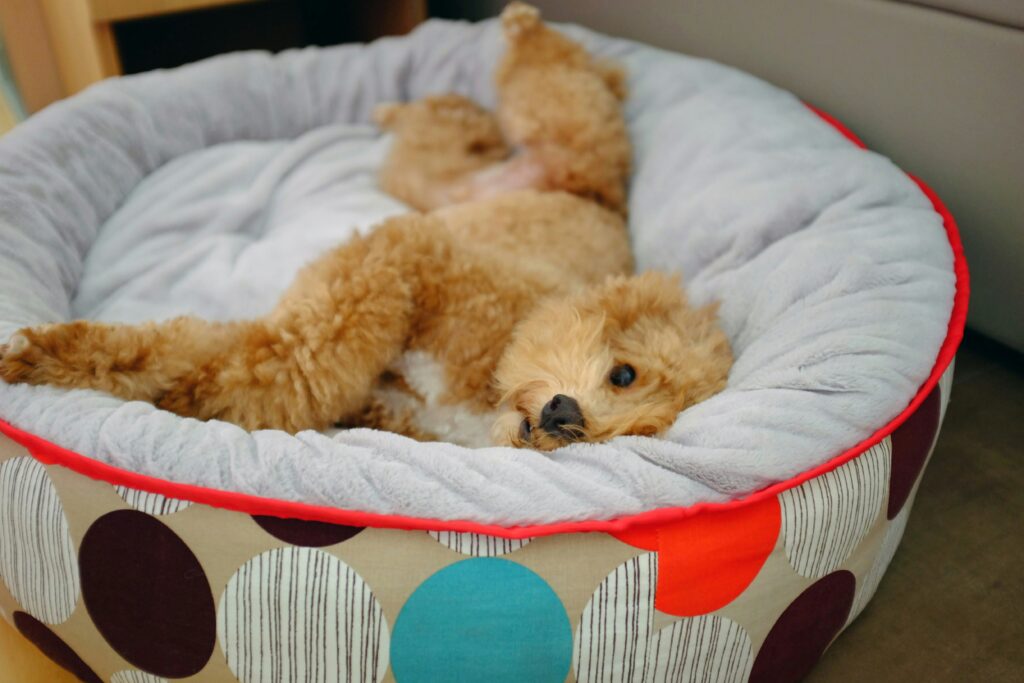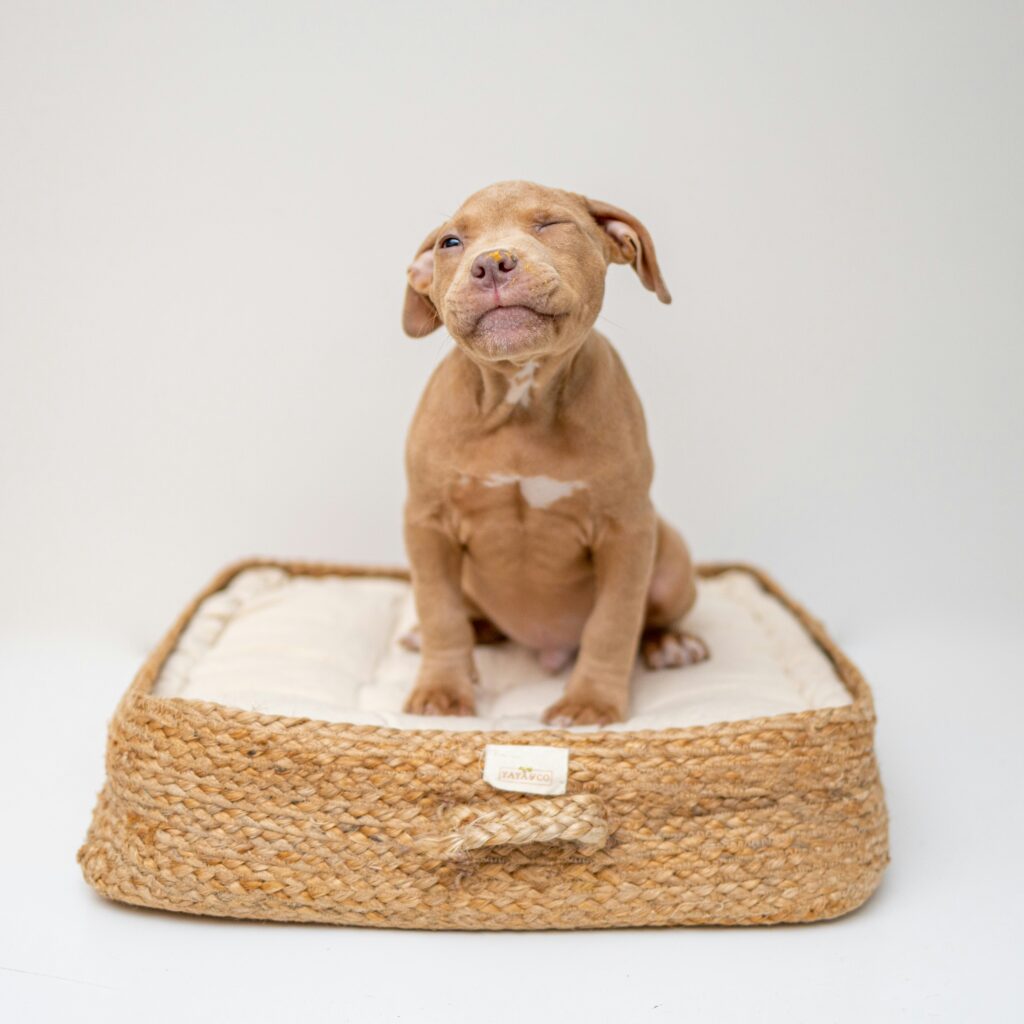Elevated vs. Traditional Dog Beds: Which One Is Right for Your Pup?
When it comes to spoiling our dogs (because let’s be honest, they deserve it), one of the most important purchases we make is their bed. A comfy spot to sleep and lounge isn’t just a luxury — it’s essential for their health and happiness.
But with so many options on the market, choosing between an elevated dog bed and a traditional dog bed can feel a little overwhelming. Don’t worry — we’ve got you covered. Let’s break down the pros and cons of each, so you can find the perfect fit for your pup’s lifestyle, age, and sleeping style.
What Is an Elevated Dog Bed?
An elevated dog bed (also called a raised or cot-style bed) is a simple design: a durable, breathable fabric stretched tightly over a sturdy frame, raised several inches off the ground. It looks like a mini hammock or cot for dogs, and it works both indoors and outdoors.
What Is a Traditional Dog Bed?
Traditional beds include cushioned, pillow-style, orthopedic, or memory foam beds. They come in all shapes, sizes, and levels of fluff — from flat mats to donut-style nests with bolstered sides.
The Side-by-Side Comparison
1. Comfort & Support
-
Elevated Bed: Offers gentle support with less pressure on joints. Great for dogs who like a firmer sleeping surface or who get too hot in plush beds.
-
Traditional Bed: Can offer more softness and contouring (especially memory foam), which some dogs love. Ideal for dogs who like to curl up or nest.
Winner? Depends on your dog’s preferences and needs — elevated for cooling support, traditional for plush comfort.
2. Temperature Control
-
Elevated Bed: Excellent airflow underneath = a cooler sleeping spot. Perfect for warm climates or dogs who run hot.
-
Traditional Bed: Tends to trap heat, especially with thick padding or faux fur covers. Some offer cooling gel inserts, but airflow is limited.
Winner? Elevated beds win for breathability and keeping your pup cool.
3. Cleanliness & Maintenance
-
Elevated Bed: Super easy to clean. Just wipe down or hose off. No stuffing to trap fur, dirt, or odors.
-
Traditional Bed: Requires regular washing. Some covers are removable, but it can still be a chore — especially if your dog sheds or drools a lot.
Winner? Elevated beds are more low-maintenance and hygienic.
4. Durability
-
Elevated Bed: Built tough. Most are chew-resistant and hold up well to scratching, digging, and outdoor conditions.
-
Traditional Bed: Softer materials can wear out faster, especially with dogs who like to dig or chew.
Winner? Elevated beds are typically more durable over time.
5. Portability
-
Elevated Bed: Lightweight, easy to move, and often foldable. Great for travel, camping, or backyard lounging.
-
Traditional Bed: Can be bulky and awkward to move around — not ideal for on-the-go pups.
Winner? Elevated beds are more travel-friendly.
6. Accessibility
-
Elevated Bed: May be harder for tiny dogs, puppies, or those with mobility issues to hop onto (though some beds sit very low to the ground).
-
Traditional Bed: Easier access for dogs of all ages and sizes, especially seniors or injured pups.
Winner? Traditional beds are better for dogs with limited mobility — unless you choose a low-rise elevated option.
So… Which One Should You Choose?
It all comes down to your dog’s unique needs and habits:
-
🐶 Choose an elevated bed if your dog runs hot, spends time outdoors, needs joint support, or you’re tired of washing stinky beds.
-
🐾 Stick with a traditional bed if your dog prefers cozy, cushioned spots or has trouble getting onto elevated surfaces.
Pro Tip: Some pet parents use both — a traditional bed inside and an elevated one outside or for warmer seasons. Your pup will love having options!
The bottom line? Comfort looks different for every dog. Take note of where and how your dog likes to sleep, and you’ll be well on your way to making the perfect choice.



